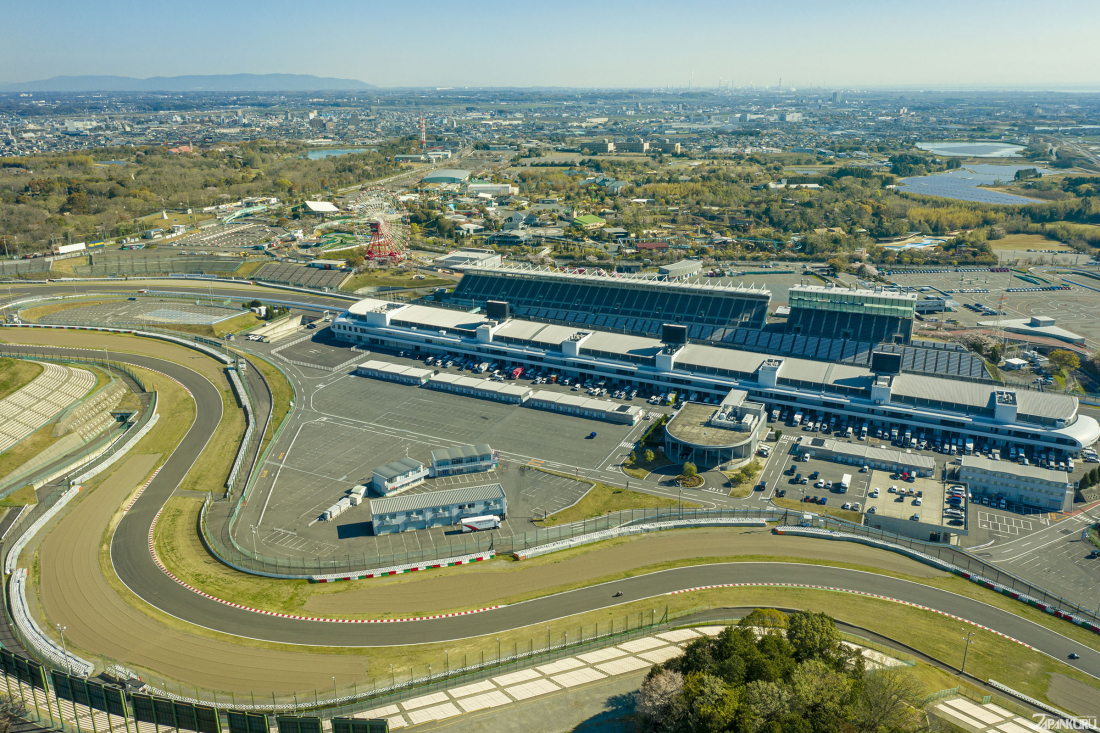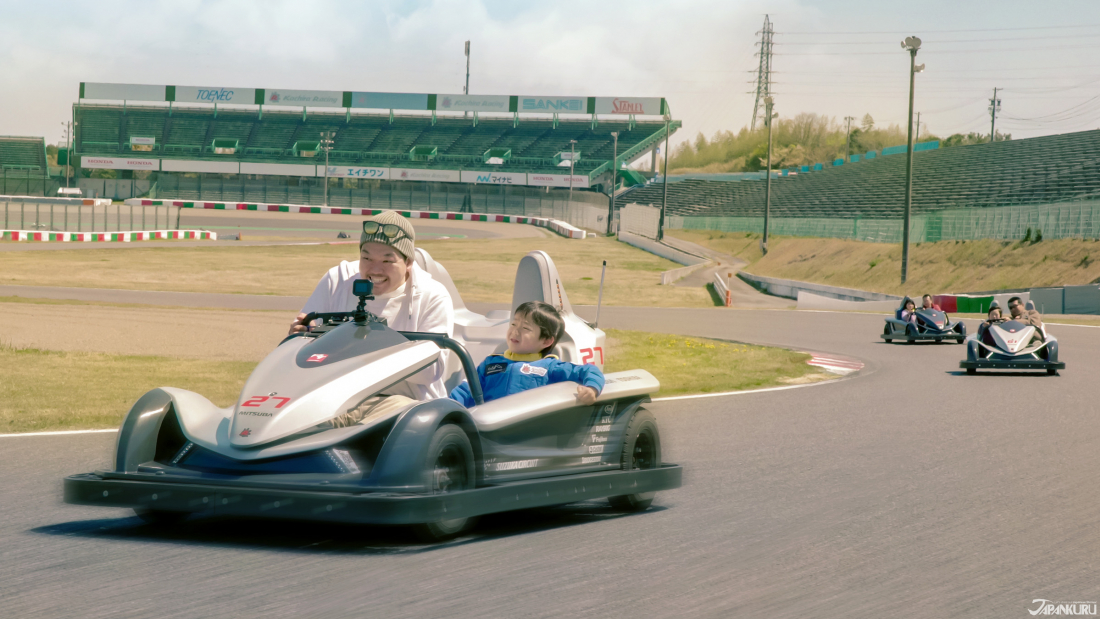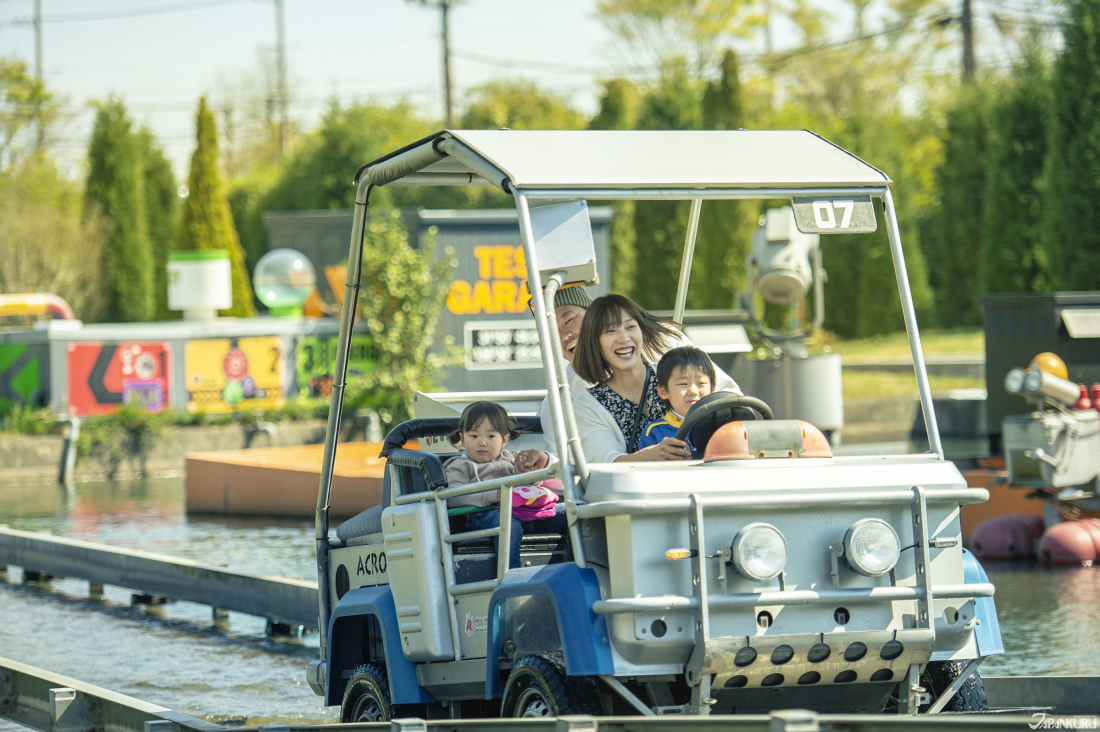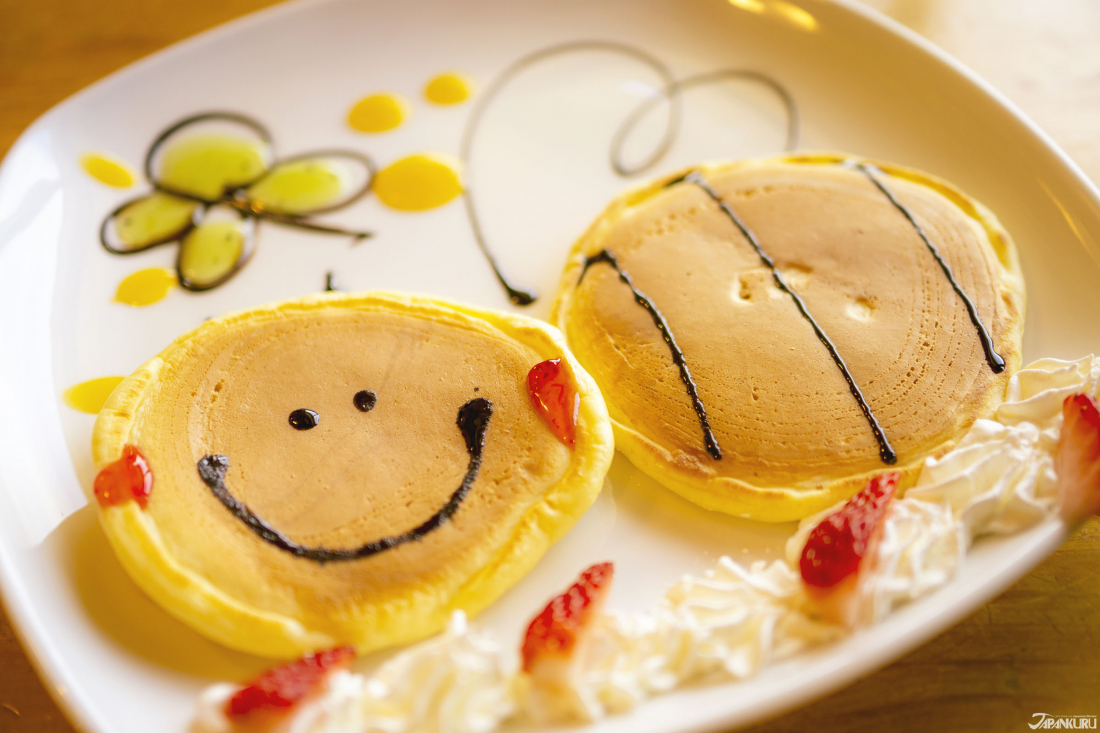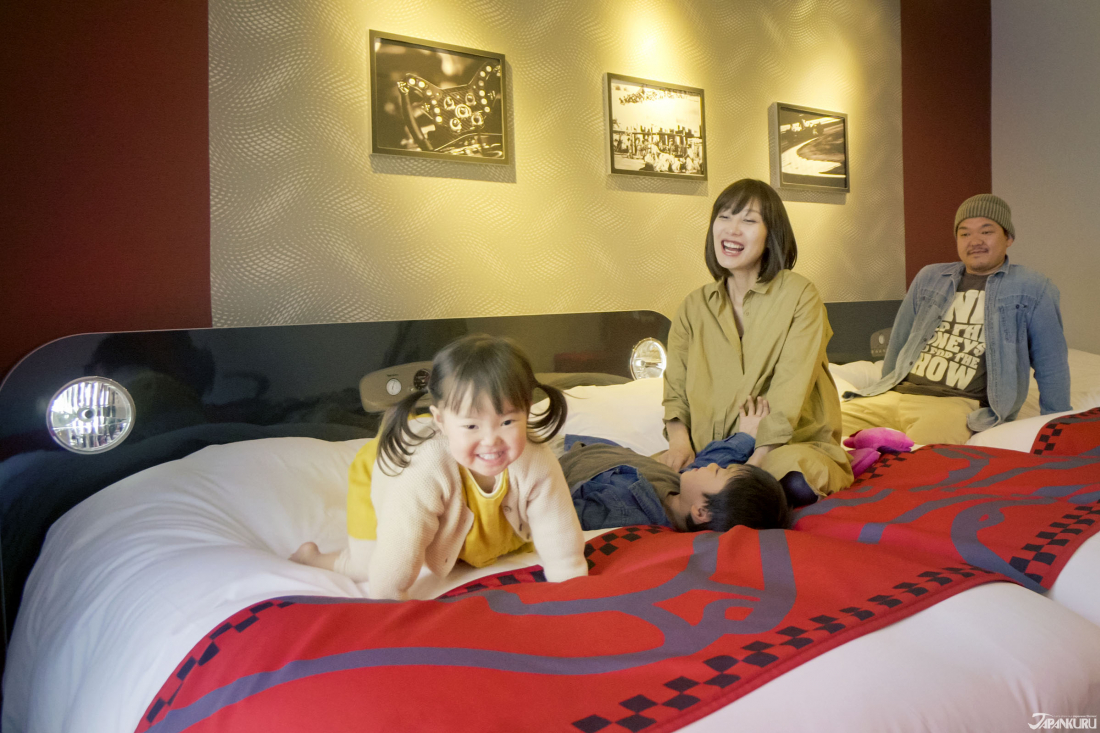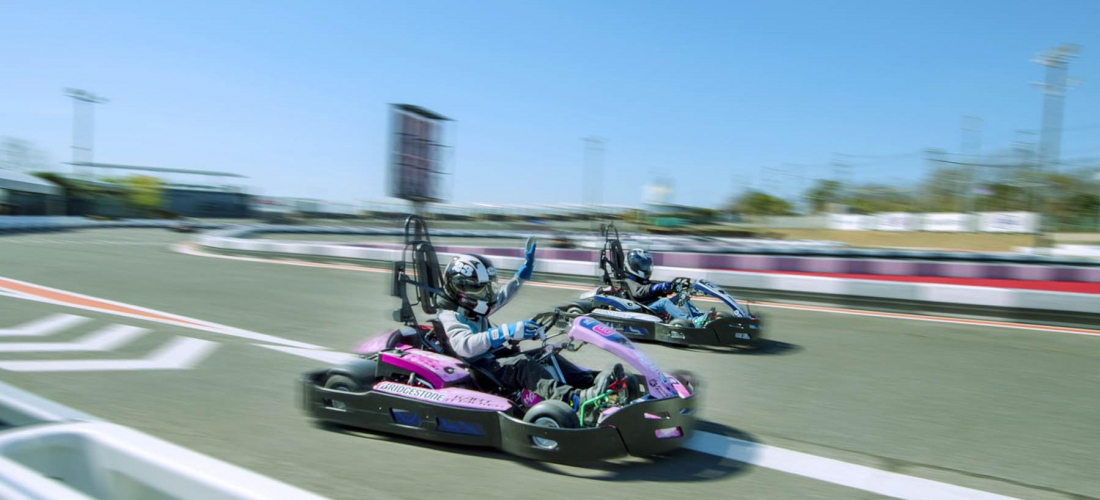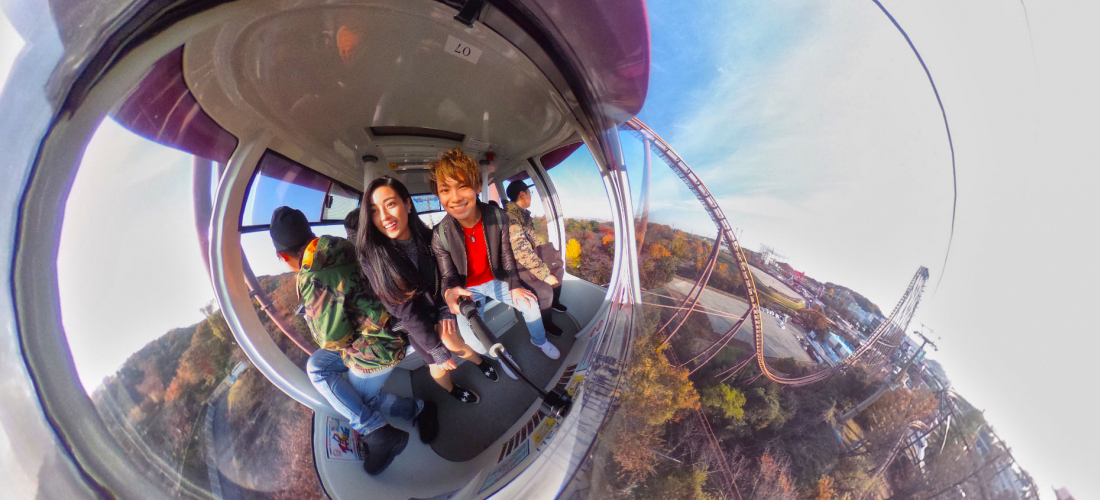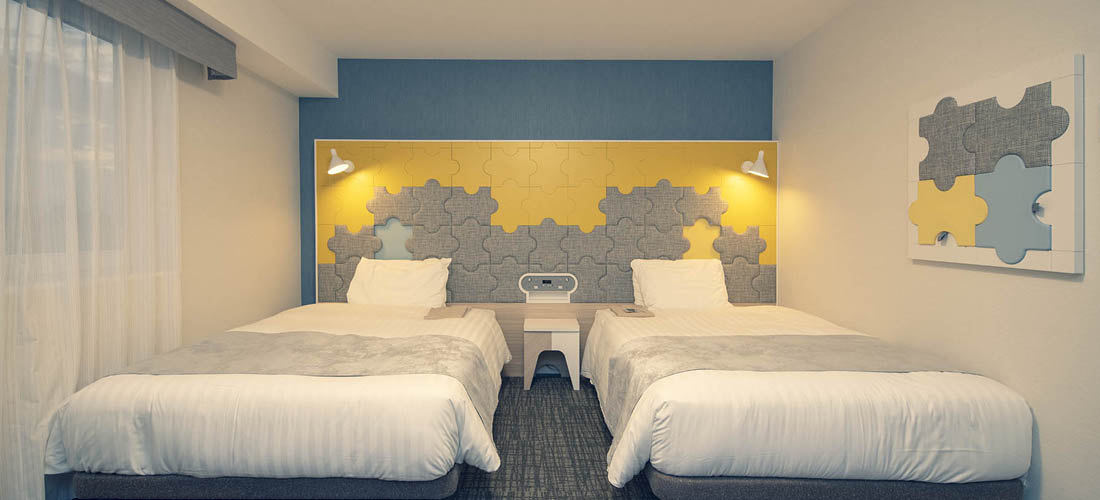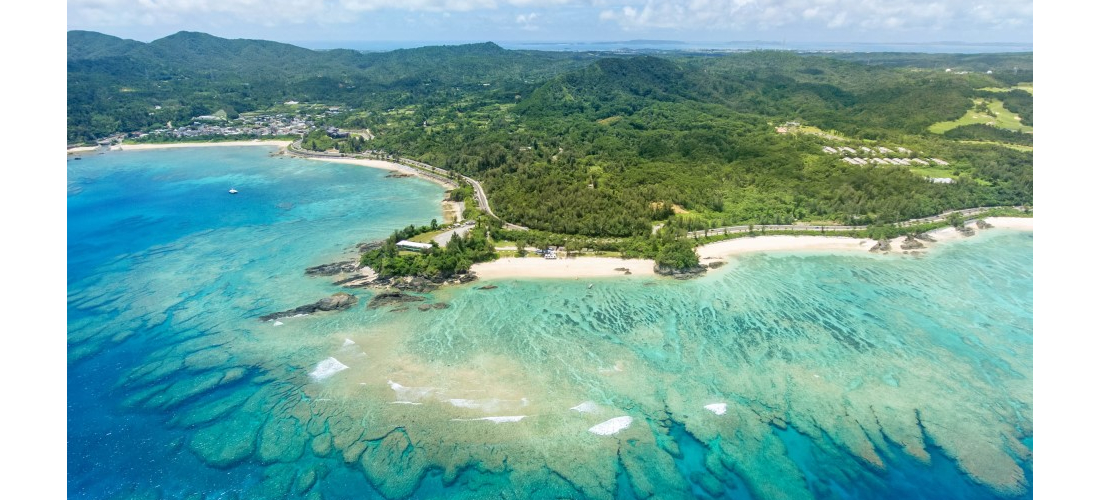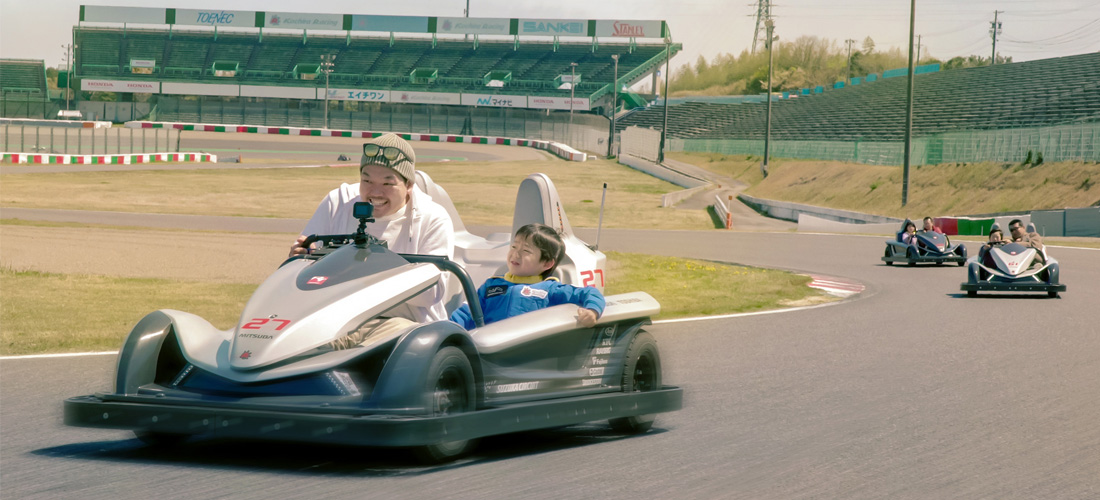
CONTENTS
Are you one of the many children who had this thought growing up?
Maybe you heard it from one (or all!) of your friends?
If you're looking for an outlet where that dream can come true, we'd like to present:
Suzuka Circuit!
It's highly recommended for racing lovers, as a place where all of your Formula 1 dreams can come true.
Strap on your helmet, start the engine, grab the steering wheel…
(For F1 racing, do you still place your hands in the 10 and 2 positions?)
Join the Japankuru team, and step on the gas.
Today we're living that race car driver dream!
About Suzuka Circuit
Suzuka Circuit was built as the first full-scale standard international racing course in Japan! Completed in 1962, it has a history of almost 60 years of major events. It's famous for hosting the Formula 1 Japanese Grand Prix, along with the "Suzuka 8 Hours", an 8-hour endurance race for motorcyclists. As the venue for these big races, famous professional drivers can also frequently be seen moving around the facilities. In order to simplify the process of bringing in large-scale contestants and racing teams, Suzuka Circuit's hotel was built near the racetrack. Since then, the hotel has become an impressive racing-themed establishment, and things like restaurants and natural hot springs were developed nearby to cater to guests. Now, there's a Formula 1 racing-themed theme park! Even if you just buy tickets to visit the park, the racetrack's proximity means you might just spot a pro racer as well.
Suzuka Circuit
Address: 7992 Ino-cho, Suzuka, Mie
Access: From Shiroko Station, either take a taxi or a Mie Transportation bus.
Official Website (en)
Holding the Little Hands of Future Racing Stars: Circuit Challenger
The most interesting part of this theme park built around a Formula 1 circuit is how much the circuit is really opened up to visitors. Suzuka Circuit teamed up with pro racer Takuma Sato to create the world's first electric racing system, allowing racing fans big and small to enjoy a realistic race car experience in a safe and easy-to-operate driving environment. Whether you've only ever sat in a car seat, or already have a license and drive a car every day, you learn about how to drive an electric car through the staff's professional explanations. The experience is open to guests two years and older, although car drivers must be at least 9 years old, and only drivers 11 years and up can drive unaccompanied. Pile the family into this three-seater, and race as a team!
Before the race, each driver gets a keycard. Then you just jump in, start the engine, and you're ready to go! The electric race cars are equipped with a voiced navigation system (English and Chinese available!), and each driver is guided around the track. Once finished with the race, each driver can take their keycard to a designated machine outside to get a transcript with their driving score. (Are you ready to look into that pro racing career yet? The machine will let you know!)
Although precautions are taken to make the experience safe enough for the average person, it is still an electric car race, and there are rules to keep everyone from hurting themselves or others. While on the track at Circuit Challenger, no photo taking is allowed. But don't worry, an official commemorative photo will be taken during the race. Each driver can take home a perfect snapshot of their heroic driving, as long as they're willing to pay for it.
Continue the Race Off the Track: The Racing Theater
Suzuka Circuit's Racing Theater is no average screening room, with a whole building devoted to the motto “Watch, Try and Meet the Genuine Things”. The main theater has a full-scale wide screen and sensory sound system, with seats modeled after racecar bucket seats, open to guests 3 years and older.
Outside of the main theater are a number of interesting racing-themed exhibits. Various cars sit on display, alongside helmets from previous competitions, and signatures collected from well-known professional racers around the world. There are also rooms of games that give visitors the experience of driving an actual F1 vehicle, from seeing how an actual steering wheel handles, to feeling the wind speed of a racing car.
After learning all about racing, are you thinking you might want to work on your driving skills? Then the Acro-X Evolution attraction will introduce you to the world of off-road vehicles, and will take your driving to the next level. The track takes drivers through 12 different geographical settings with different challenges, based off of the various obstacles you might face driving through nature, including steep slopes and water cannons. The off-road vehicle is also equipped with a scoring function, so as you pass through each section of the track, it'll let you know how you're doing so far. At the end of your adventure, grab another transcript and see how your skills really pan out when it comes to off-roading!
Children between the ages of 2 and 8 can join in, but must be accompanied by a companion 13 years or older. Drivers over 9 are free to enjoy the experience on their own or with others!
Stopping by the Racing Theater you get to see a lot of very suave Formula 1 car drivers, but the videos also feature some very cool motorcyclists. Everyone leaving the theater is probably dreaming of how cool they would look tearing down the road on two wheels, too. Younger viewers might not even be able to ride a bicycle yet, though, so it might seem like a bit of a challenge to skip that major step and get right on a motorbike.
At Suzuka Circuit, though, you'll see some surprisingly young children doing just fine, and balancing without a hitch. The newly launched Acro Bike attraction features mini-motorbikes specially designed just for children, making it pretty easy to leapfrog right over bicycles and get going already! There's a track made just for these motorbikes, with hills to add some extra excitement to the ride.
Children ages five and older can try out Acro Bike. Children under 9 must obtain an "A License" at Kids Bike Training beforehand, however.
Ever Wanted to Steer Through the Sky or the Water Instead? They’ve Got Attractions for That, Too!
With lots of attractions focused on the challenge of driving a fast car, the park has a few other kinds of rides to balance things out, of course.
Suzuka Circuit Theme Park has a variety of fun rides! "Adventure Drive" is Japan's first voice-accelerated coaster attraction, for when you want to be loud and silly, and the "Putti Grand Prix" is a less intense kind of race that can be fun for just one person, as well. Tic-Tac Train and Run-Run Balloon are both very cute for kids and adults, and Adven-Boat Frontier is a boating adventure that's fun for the whole family to embark on together. If your group is looking for something off the racetrack, you can always try a different kind of driving!
Inside the Suzuka Circuit theme park, there's a good variety of places to get food and drinks, from snacks to full meals. Our recommendation, though, is that you stop into the warm and inviting Bun Bun's Pancake Shop while you're there.
You can eat your fill of dishes like pork chops and hamburger steaks, but while you're at the pancake shop you can't miss their specialty pancakes. The pancakes are made with high-quality wheat flour produced in Mie Prefecture, and are topped with fragrant Japanese acacia honey. One of their most popular dishes is "Bun Bun's Smile Pancake", a dish with pancakes arranged in the shape of their cute bee mascot, Bun Bun! (You may be thinking "why isn't Bun Bun a bunny?" Well, in Japanese bees say bun bun instead of buzz buzz, so they've got a little honey bee there to sweeten your pancakes.)
The shop's interior is also carefully designed to make it a comfortable space, with fir wood tabletops and floor-to-ceiling windows to let in the sunlight. Grab a sweet snack here and relax and recharge, before heading back out into the park.
Even the Room Designs are More Fun, Staying at the Pro Drivers’ Hotel.
The Suzuka Circuit Hotel was originally designed to accommodate the drivers and teams that came to the racetrack for large international events. However it has expanded since then, and now includes natural hot springs, restaurants, and even a family camping area, turning it into quite the resort. Whether you're there to visit the theme park, watch a racing event, or even participate in one, staying at the Suzuka Circuit Hotel is sure to round out your experience of living the racecar driver dream. The hotel caters to all kinds of customers, offering rooms ranging from your normal suite, to a variety of racing-themed rooms all over the hotel, with furniture and decorations designed to complete your experience.
Enjoy the Resort’s Natural Hot Springs, Delicious Food, and BBQ-Friendly Camping Grounds
Next to the hotel is S-PLAZA, which includes the natural buffet restaurant SORA・TABEYO, the premium grill and bar SHUN, and the organic cafe Sunpo. SORA・TABEYO focuses on cuisine using lots of fresh, seasonal ingredients, creating dishes for breakfast, lunch, and dinner. SHUN offers a different dining experience, featuring a fantastic chef show, and then a little chef experience just for children.
Within the Suzuka Circuit Resort is a natural hot spring with hot water coming in from Suzuka, which is open to all hotel guests. If your family just spent the whole day running around with children in an amusement park, melting away the day's fatigue with a soak in the hot spring might be just the ticket.
If camping is more your thing, there's also a camping ground on the premises, a favorite with younger guests. Tents, sleeping bags, and even BBQ equipment can be rented out while you're there. Whether you're visiting from within the city of Suzuka, or halfway across the world, it's easy to enjoy the fun of camping at the circuit.
Theme parks are where we go to live out our dreams, and with race cars being a passion for so many kids, the Suzuka Circuit experience might be a dream come true. We can't all grow up to be Formula 1 racecar drivers, or whatever we dreamed when we were little, but there's no reason not to pretend for a while, and have a good time while you're at it! Plop down in the driver's seat on the Suzuka Circuit racetrack, and race towards a fun time with family and friends.
Or add us on Instagram and Facebook to share your pictures of Japan. 🗾
Details
NAME:Suzuka Circuit
MAP
ACCESS:Shiroko Station
PROFILE
Follow us @Japankuru on Facebook, Instagram, and Twitter!
COMMENT
FEATURED MEDIA
VIEW MORE
・Accommodations for Odaiba Sightseers: Mitsui Garden Hotel Toyosu PREMIER ・住宿推薦 三井花園飯店 豐洲普米爾 ・오다이바 관광 맞춤 숙소: 미츠이 가든 호텔 토요스 프리미어 ・ค้างคืนที่ Mitsui Garden Hotel Toyosu Premier โรงแรมสำหรับผู้มาเยือน Odaiba #japankuru #odaiba #tokyo #tokyotrip #japantrip #japantravel #mitsuigardenhotel #mitsuigardenhoteltoyosupremier #tokyohotel #odaibahotel #toyosu #tokyoview #tokyobay #rainbowbridge #미츠이가든호텔토요스프리미어 #오다이바 #오다이바맛집 #오다이바건담 #오다이바해변공원 #오다이바야경 #오다이바온천

Nagano Prefecture is famous for delicious soba noodles, and in the city of Ueda, you can learn from the experts! Local aunties run this cooking class, teaching you everything you need to know to make your own delicious plate of soba noodles entirely from scratch. #japankuru #soba #sobanoodles #japanesefood #travelexperience #japan #japantrip #ueda #nagano #japaneseculture #japanexperience #daytrip #daytour #cookingclass #japanesecookingclass #上田市 #そば作り #소바체험 #우에다시 #나가노여행 #일본소바

Kuramae Shrine is known for its early-blooming cherry blossoms and its gorgeous golden mimosa blooms, making it a great sakura spot for travelers arriving in Tokyo a little early for the main cherry blossom season. It’s also tucked away in a neighborhood packed with trendy cafes and coffee shops. Kuramae is a lovely place to spend the day. 🌸☕️ ・ #japankuru #kuramaeshrine #kuramae #tokyo #tokyotrip #cherryblossom #cherryblossoms #mimosa #tokyocherry #花見 #蔵前神社 #ミモザ #桜 #東京 #Japan #日本 #일본 #Japon #ญี่ปุ่น #Japão #Japón #япония #japantravel #日本旅行 #日本旅遊 #일본여행 #japan_of_insta #japantrip #traveljapan

Local Japanese Favorites at the Okinawa Don Quijote ② Ohta’s Isan, the digestive aid of the Japanese people ・ ・ 2024唐吉訶德不可不知的好物推薦② 日本國民消化小幫手:太田胃散 ・ ・ 오키나와 돈키호테 숨은 꿀템2. 일본 국민 소화제! 오타이산 #japankuru #okinawa #donki #沖縄 #오키나와 #오키나와여행 #오키나와돈키호테 #일본쇼핑리스트 #오타이산 #일본소화제 #太田胃酸 #ohtasisan

Happy Valentine's Day from the Japankuru team! May your day be full of sweet chocolates and sweet nothings. 💕 Or, if you're like a rising number of women in Japan, take the opportunity to treat yourself! 🍫💝💆 • Find out more at Japankuru.com! (Link in bio.) • #japankuru #valentinesday #valentineschocolate #japanesechocolate #japaneseculture #バレンタイン #バレンタインチョコ #メリーチョコレート #Japan #日本 #일본 #Japon #ญี่ปุ่น #Japão #япония #japantravel #日本旅行 #日本旅遊 #일본여행 #japan_of_insta #japantrip #traveljapan #japan🇯🇵 #japanlife #igerstokyo #explorejapan #japanfocus #enjoyjapan #japantravelphoto

Japankuru Coupon: BEAMS fashion, accessories, lifestyle goods, and more! BEAMS 5% Discount Coupon ▶︎ Validity Dates: February 1 ~ February 29, 2024 ▶︎ Discount: 5% off all products in-store ▶︎ Usable At: BEAMS stores throughout Japan (all stores except BEAMS JAPAN Izumo and BEAMS JAPAN Nikko) ▶︎ Details: Please present this coupon page before payment to receive your discount! This coupon is also valid in combination with tax-free discounts/refunds for foreign tourists. (Tax-free shopping is only available at some BEAMS locations.) Some products may not be eligible for discount. ・ ・ ・ BEAMS - JAPANKURU優惠折扣券 BEAMS 2024年2月限定特別優惠券 店內全部商品95折 ▶︎使用期間:2024/2/1到2024/2/29 ▶︎使用範圍:日本全國店舖 ▶︎使用方法:結帳時請務必事先向店員出示本優惠券,若未出示本優惠券恕無法享有本優惠。本優惠券可搭配免稅優惠一併使用,但不排除特定門市無法使用本優惠券。此外,不排除特定商品不適用本優惠券。 ・ ・ ・ 「빔즈(BEAMS) x 재팬쿠루(JAPANKURU)」스페셜 할인 쿠폰 빔즈(BEAMS) 5% 할인 쿠폰 ▶유효기간: 2024년 2월 1일 ~ 2월 29일(한 달 동안) ▶︎할인율: 매장 내 전 상품 “5% 할인" ▶︎해당 매장: 일본 전국 빔즈 (BEAMS) 매장 (BEAMS JAPAN이즈모、BEAMS JAPAN닛코는 쿠폰 할인 대상 제외 점포입니다) ▶︎상세 내용: 결제 전 본 쿠폰 페이지를 제시하면 정가대비 5% 할인된 금액에 구매하실 수 있습니다! 본 쿠폰은 외국인 관광객들을 대상으로 하고 있으므로 면세 혜택(빔즈 일부 매장)과 별도로 추가 할인이 가능합니다. (일부 매장 및 제품은 대상에서 제외될 수 있습니다.) #japankuru #beams #beamsjapan #beamsginza #coupon #재팬쿠루 #빔즈재팬 #빔즈 #일본여행 #일본쇼핑 #일본쇼핑리스트 #銀座 #東京 #tokyoshopping #japankurucoupon

